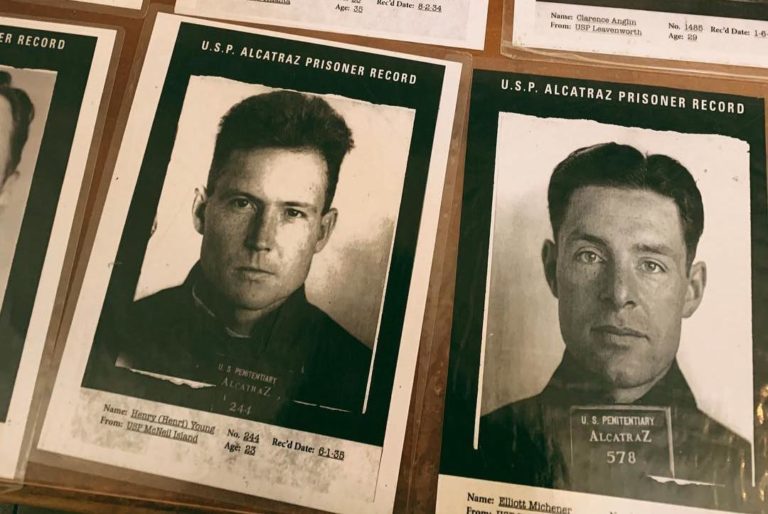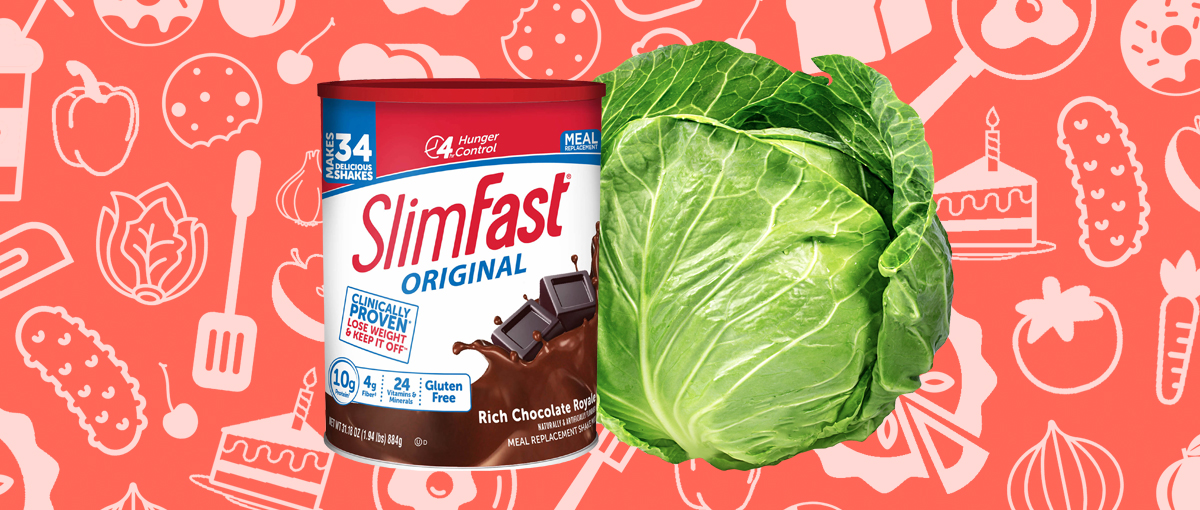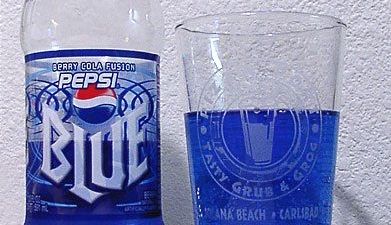Alcatraz Island, sometimes called The Rock, is a strange place — the subject of multiple conspiracies and wild, infamous escape stories. Although few people know the true secrets behind its walls, the island is totally within view if you’re taking a walk around the San Francisco Bay. Located just 1.5 miles off the shore, it’s a 22-acre island and a weathered relic of American history.
Before we get into the goods, it’s probably helpful to know a bit about this island.
For one, it was first explored in 1775, when it was a habitat for birds. In fact, Alcatraces (Alcatraz) translates to Pelicans in Spanish. It was sold to the United States government in 1849, and after that, it was home to a whole bunch of buildings, including the first ever U.S. lighthouse and other military buildings, such as a federal prison (in operation from 1933 to the early 1960s) and a military fortification.
Notorious prisoners range from the gangster Al Capone, Machine Gun Kelly, and Alcatraz prisoner 105 (aka John Kendrick).
In 1861, it became what it is — a prison with a dark history, including the unjust and unfair imprisonment of several resisting Hopi Indians who refused to assimilate to the American way. The prison eventually closed in 1961 due to operating costs (it cost $10 a day to keep a prisoner, versus the $3 at other prisons) and weather conditions.
Today, the island is a popular tourist attraction (even one of its guard towers is a movie prop).
Even though the buildings have seen wear and tear from both history and harsh weather, tourists flock to it in the shadow of its mystery and story. It’s just like any other attraction with a creepy, potentially haunted history — it makes people curious, and they want to see it for themselves.
Now onto the good stuff:
Almost as weird and wacky as the history is the culinary wares. Would you expect anything less? Below, take a peek at this 1946 Alcatraz prisoner food menu. We’ve all seen the movies where a prison guard scoops a bunch of grey-colored sludge onto a dish, right? Not at Alcatraz.
Apparently, Capone was snacking well — and maybe that’s why prison costs were so high?
Al Capone was an American gangster who, according to the FBI, played a significant role in “illegal brewing, distilling and distribution of beer and liquor,” during Prohibition in Chicago. The Colosimo mob, of which he was boss, “also developed interests in legitimate businesses in the cleaning and dyeing field and cultivated influence with receptive public officials, labor unions, and employees’ associations.”
And yes, your eyes are working correctly. Al Capone and his fellow prisoners were fed…
Beef Pot Pie Anglaise
According to Mon Petit Four, an anglaise is “made up of egg yolks, sugar, and hot milk. It’s stirred over low heat rather than cooked like crème brulée.” It’s basically liquid crème brulée, which sounds like it would add a lovely touch of sweetness to prisoners’ beef pot pies. We’d surely give it a try.
Purée Mongole
Based on a recipe from The New York Times, it would seem that purée mongole is a tomato-pea soup. And according to Oak Park, the soup was created at the Ritz-Carlton Hotel in New York by Chef Louis Diat. It was especially popular on 1930s menus, but interestingly enough, has nothing to do with Mongolia.
Roast Shoulder of Pork
Okay, this sounds way too fancy to be prison food. Though, according to The Spruce Eats, this is an expensive part of the pig, which makes sense as to why it would be served to prisoners. “It is flavorful, but there is less fat marbling and the meat will be tough unless cooked correctly,” they instruct.
Baked Meat Croquettes. Yum.
Voorn Croquettes reveals that this dish — food leftovers that are covered in breadcrumbs and fried — came from France, and was first written down by Monsieur Escoffier and Monsieur Philias Gilbert in 1898. It soon spread to other cultures, where chefs have completely different takes on the dish. Regardless, since it uses leftovers, this is the perfect dish if you never want anything to go to waste.
Iced “Cup Cakes”
Yes, spelled “cup cakes,” this dish served as a nice dessert for prisoners with a sweet tooth. In addition to this, there was also an orange roll, apple pie, a sugar peanut roll, layer cake, bread with tea or coffee, orange jello, a mint roll, and much more. Honestly, we’re surprised by the variety here.
Chili Con Carne
Chili con carne has a very interesting history. According to Food Republic, it was seen as the “soup of the Devil.” In 1629, 50 Jumano Indians walked out of the West Texas desert to be baptized. They credited a woman wearing blue for this change, one who also taught them about a red stew. Spanish priests saw this stew, chili con carne, as indulgent, and began referring to it as the “soup of the Devil.”
Bacon “Jumbolaya”
Spelled incorrectly on Alcatraz’s menu, jambalaya originated in Louisiana, and is influenced by both French and Spanish cooking. New World Encyclopedia states that jambalaya is typically a one-pot dish filled with various seafood, meats, veggies, and spicy seasonings. The Creole version is known as “red jambalaya” because it includes tomatoes.
Now, we ourselves can’t exactly speak to how good the food was, but the items do seem outrageously classy for a prison.
According to the Discovery Family Channel’s show Secrets of America’s Favorite Places, Alcatraz was widely known for having delicious federal prison food.
But why would a prison go through the trouble?
According to Bon Appetit, Alcatraz’s prison warden believed, “Most trouble in prison is caused by bad food.” Makes sense. That would also explain why the guards and staff ate the exact same food as prisoners — yes, it was that good.
Cue the banana pudding and chilled-out prisoners?
According to culinary guru and writer Tori Avey, the food at Alcatraz was viewed “as a way to boost morale amongst the inmates; quality was also kept high to avoid unnecessary disputes in the dining hall. Prison menus were periodically analyzed by supervisors.”
We imagine that hungry prisoners would not be happy prisoners.
Even wilder? Prisoners ate cafeteria-style and could have seconds if they wanted, so long as food was leftover.
This is one thing we can certainly get behind, since it meant that no food was going to waste. If prisoners were only allowed one serving, just imagine how many leftovers there would be. Plenty for croquettes, that’s for sure!
Part of the below Alcatraz exhibit breaks down how a meal might look for breakfast, lunch, and dinner.
Their meals were also varied to ensure nutritional intake, which is pretty cool. But also, this makes more sense when you remember that the prisoners weren’t the only ones eating it. So were the guards and the staff, who probably wouldn’t be happy to work at a place with bland mush as food.
They may be prisoners, but they’re still human beings.
Avey even explained some of the detail that went into creating such a culinary prison:
“Letters were often sent to the warden with thoughtful suggestions like including mustard when serving corned beef and cabbage.”
Avey included an August 27th, 1952 letter from S.T. Sale, the supervisor of culinary operations, directly to the warden of the prison:
The ‘June Peas’ was an excellent choice and this trick of menu-making should be exploited as much as possible when certain foods are in season. Other words that come to mind are ‘baby, young, milk-fed, spring, new, fresh, native, various colors (such as mashed YELLOW turnips), cold (such as CHILLED tomato juice), old fashioned, home-made, etc. The title of a dish can do much in creating anticipation.
Pretty wild, right?
Restaurants do that these days!
Given that Alcatraz was home to hundreds of prisoners who were crammed into very small quarters with only cold running water and almost no daylight time, it’s uncanny to think of the prison as a place known for great food.
It’s actually pretty revolutionary, when you really think about it and consider that they were probably eating better than kids at most schools.
The “battle of Alcatraz” took place today in 1946, when 2 guards and 3 inmates died in a violent escape attempt. pic.twitter.com/vJsPl9HpC8
— Yesterday Channel (@YesterdayTweets) May 2, 2015
But how’d they even get food to the prison on an island?
Produce came from nearby San Francisco, while fresh water — which was delivered to the island BY BOAT — was stored in massive tanks on the island. They really weren’t messing around when it came to taking care of the people they were responsible for.
Because of Alcatraz’s dark history, it’s kind of hard to believe that anyone there was chowing down on watermelon or hot griddle cakes, but hey — the menu is the real deal.
Even more interesting, the guards and prisoners would also dine at the same time, eating the same exact food. In other words, they were all equals when it came to how they ate.
#OnThisDay, 1946, the Battle of #Alcatraz... pic.twitter.com/Dx57gnRwmo
— SheenaIsAPunkRocker 🧷🎸 (@77MASH) May 2, 2017
Even though prisoners were the island’s main inhabitants, families also lived on the island.
About 300 non-prisoners lived there, and some of the wives and mothers created groups in the 1950s, establishing cookbooks and events on the island. So Alcatraz really wasn’t as isolated from society as one would think.
Weirdly, back in 2013, the San Francisco Hyatt Regency served up an Alcatraz food menu during their “Alcatraz: Life on the Rock” exhibit.
We can’t tell if this glamorizes the definitely-not-glamorous prison experience or not, but it’s definitely one way of learning about history. And it probably gave people a more realistic view of what was going on at Alcatraz.
The front page #OTD in 1946. The Battle of Alcatraz begins. #nytimes pic.twitter.com/PsMPUHFgDp
— New York Times OTD (@OnThisDayNYT) May 3, 2016
The last meal ever served at Alcatraz?
Scrambled eggs, stewed fruit, and coffee, according to Terry Tempest Williams’s The Hour of Land: A Personal Topography of America’s National Parks. In today’s world, that’s just called brunch.
But for the prisoners at Alcatraz, it was probably the only highlight of their long and dreary day.
The fascinating and sad history of this prison is worth a deeper look.
And hey, maybe your next dinner will be inspired by the prison’s own menu?








